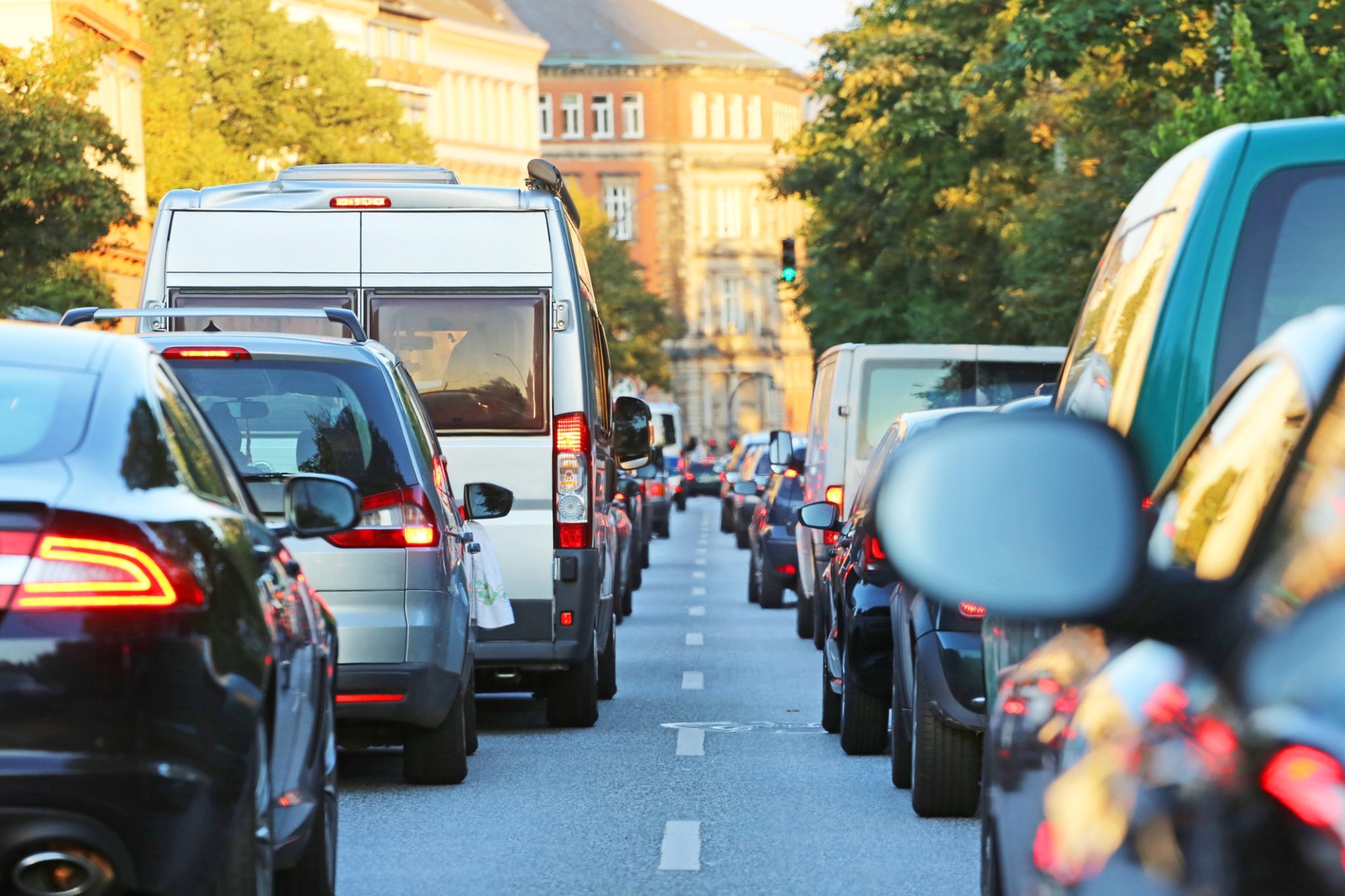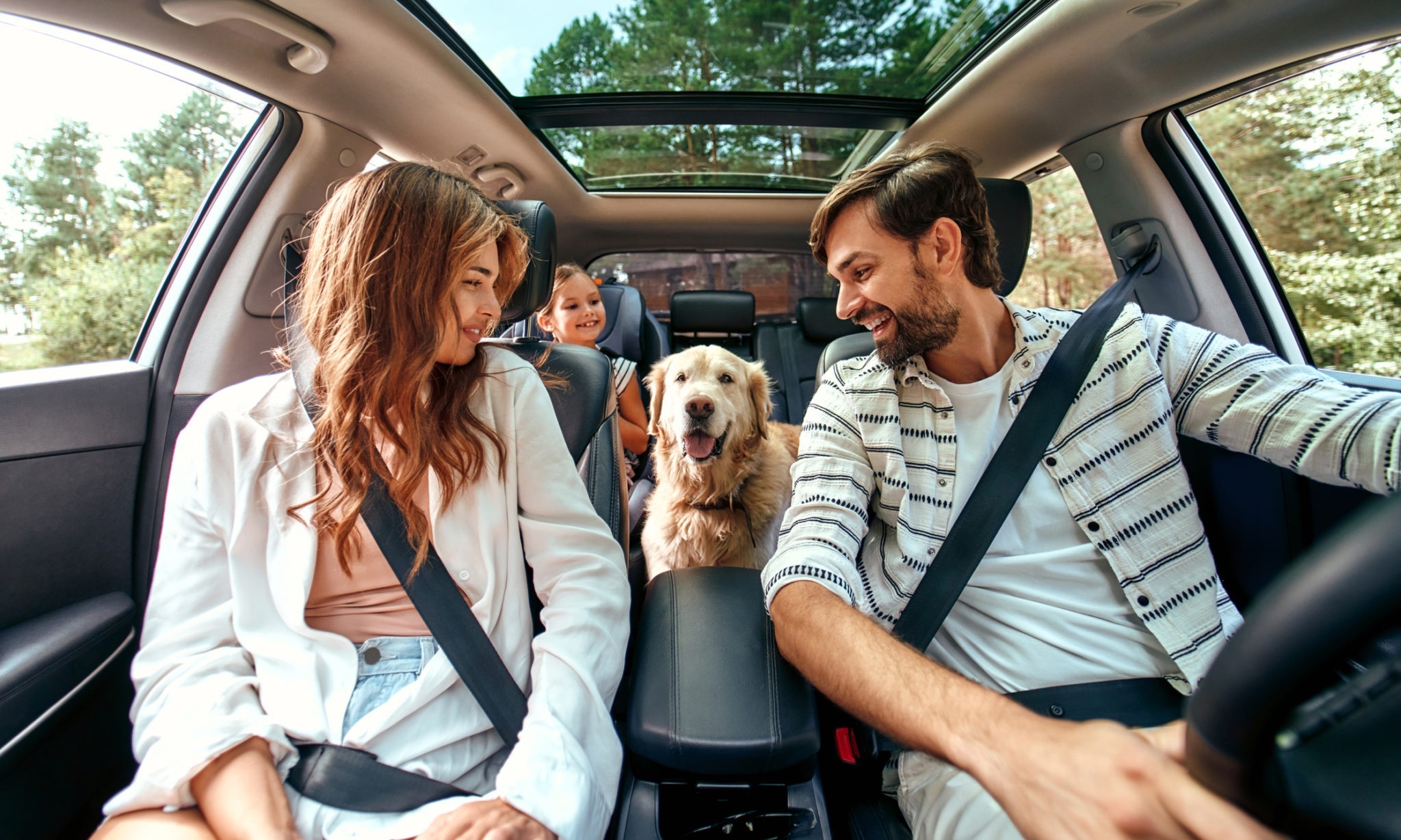We look at the limits in six European countries you might consider driving in, as they can differ greatly from those in the UK. This summer, are you planning any driving-related vacations to the continent? If so, keeping the local police from ticketing you for inadvertently going over the speed limit should be high on your list of priorities!
Between nations, there can be big differences in restrictions and laws—some of which even change with the seasons! If you’re traveling outside of Europe and driving a modern car, you should be able to convert the speedometer from miles per hour (mph) to kilometers per hour (km/h). However, if you’re unsure how to do it, make sure you check the manual or your local dealer before you leave. This will be predetermined if you are renting a vehicle.
The following information applies only to automobiles; therefore, if you are operating a van, pulling a caravan, or using another type of vehicle, make sure you have checked to see if there are any additional requirements. Always be on the lookout for any warning signs to prevent getting into trouble.
Spain
The most traditional speed limits among these nations are probably found in Spain. The speed limit is 50 km/h (31 mph) in built-up areas, 120 km/h (75 mph) on motorways and dual-carriageways, and 100 km/h (60 mph) on single-carriageway roads outside of residential areas. The only unusual aspect of Spain’s speed limits is that slower-moving vehicles can be passed on single-carriageway roads by driving 20 km/h (12 mph) faster than the posted speed limit. On-the-spot fines are permissible, just like in other nations.
Germany
Most people associate Germany with its autobahns, which are unrestricted sections of highway without speed limits. Even on these unrestricted sections, a maximum speed of 130 km/h is advised. On a German highway, though, that does not automatically mean that there is no speed limit! A sign resembling the one we use to indicate the national speed limit marks the unrestricted sections. Be aware that even on unlimited stretches, police can still issue you a ticket if they believe you are traveling too quickly for the road conditions. In open areas, the speed limit is 100 km/h (62 mph), while in populated areas it is 50 km/h (31 mph). Fines may be imposed immediately.
There are serious repercussions for exceeding speed limits, despite the beliefs of many people who are looking forward to driving in Germany. Speeding violations can result in fines, points, and driving prohibitions, as stated in the StVO (Germany’s driving laws and regulations). If a driver accumulates 8 points, they may face a permanent driving ban or at least a longer suspension. Whether someone is driving into or out of an urban area can affect the penalty.
France
Driving your own car while traveling means you’ll probably be on French roads, where speed limits are crucial. In an effort to reduce the number of fatal accidents on the nation’s A and B roads, speed limits have been lowered this year to 80 km/h (50 mph). France also has two sets of speed limits—one for wet conditions and one for dry conditions—which is interesting or perhaps perplexing. This can lower speed limits by up to 20 km/h. On toll roads, the speed limit was reduced from 130 km/h (80 mph) to 110 km/h (68 mph), and on dual carriageways and non-toll motorways, it was reduced from 110 km/h (68 mph) to 100 km/h (62 mph). 80 km/h becomes 70 km/h on roads outside of populated areas. The new French laws also keep track of foreign-registered vehicles detected by speed cameras. These records are kept in a register, and it can tell if you get caught speeding again. In extreme circumstances, police have the authority to seize vehicles until payment is made and to issue on-the-spot fines.
Italy
As in France, all roads in Italy except for towns and residential areas have lower speed limits during rainy weather. In inclement weather, the maximum speed limit on a highway is 110 km/h (68 mph), and on dual carriageways, it is 110 km/h (68 mph). The speed limit on single-carriageways outside of populated areas is 90 km/h (62 mph), but it decreases to 80 km/h (50 mph) in inclement weather. According to visibility and location, you should also slow down when driving at night in Italy.
Switzerland
In Switzerland, motorists are required to pay a yearly “motorway tax.” This implies that the cost of using the roads is the same whether you live in the country and use them frequently or just once while on vacation. A separate one must be purchased for a caravan or trailer. It is referred to as a “vignette” and can be purchased online beforehand or at the border. Regardless of when you purchase them, they are only 40 Swiss francs (roughly £30), and they are valid until January of the following year. On freeways, the limit is 120 km/h (74 mph); on open roads, 80 km/h (50 mph); and in towns, 50 km/h (31 mph). Police officers have the authority to issue spot fines. The speed limits in Switzerland also apply to Liechtenstein.
Netherlands
In some other nations, a choice has already been made: In order to reduce the problems with nitric oxides, the Netherlands implemented a 100 km/h speed limit on highways in November 2019. The debate over a speed limit has re-emerged in Germany following the Netherlands’ introduction of a speed limit on highways.
According to a survey, more than every second German favors a 130 km/h limit for highways. Only 41% are opposed to it. Regardless of where you are in the world and where you intend to go over the holidays, the obvious first step when driving is to obey the speed limit. In theory, driving should always be forward-looking and considerate.
Final Words
Driving in Europe doesn’t differ significantly from driving at home in terms of mechanics, but the first couple of days can be challenging. Drive carefully, pay attention, blend in, try to avoid driving in big cities when you can, have a good map on hand, and always buckle up. This is probably the best advice for having a safe and enjoyable drive on European roads.


